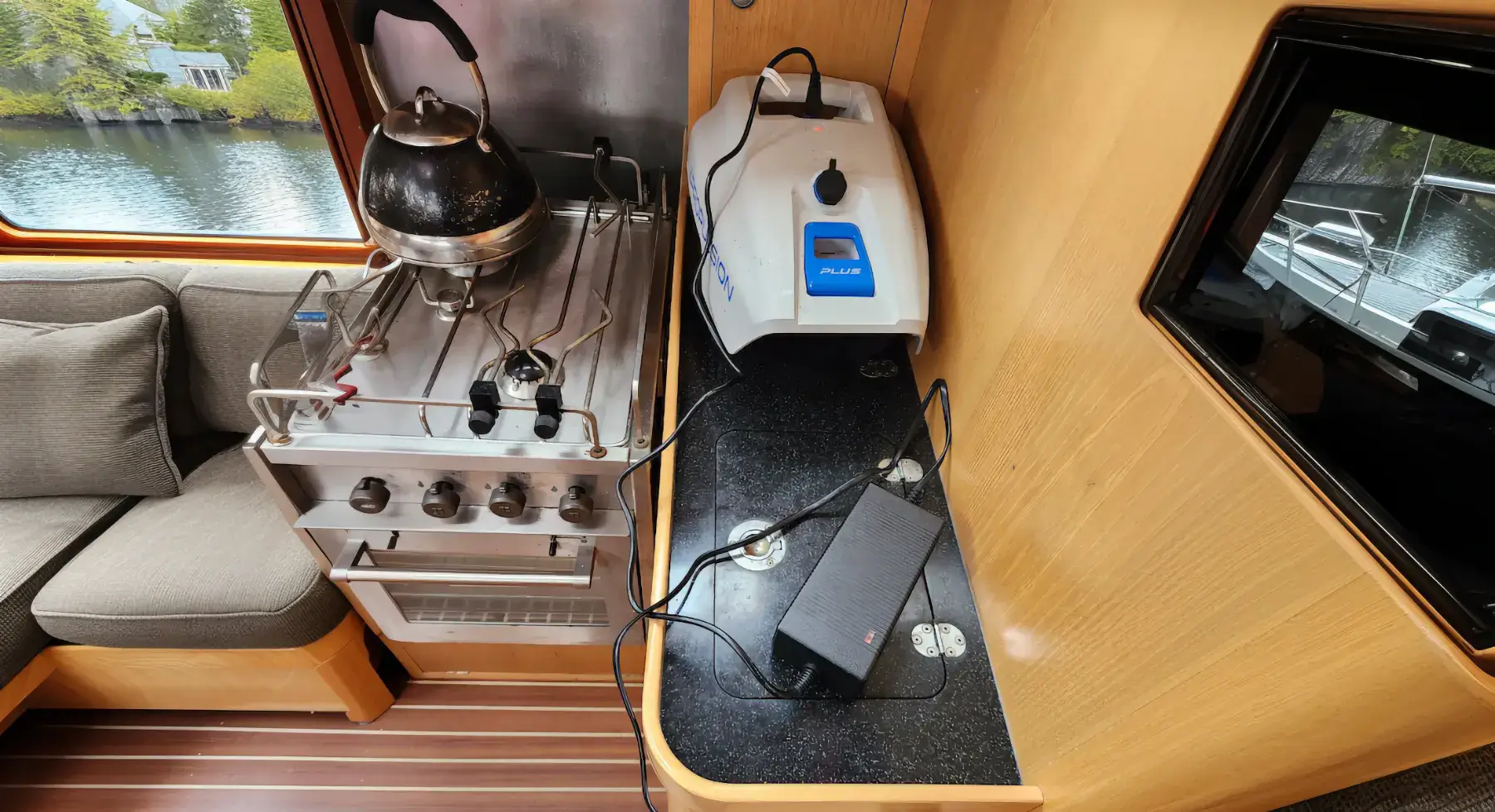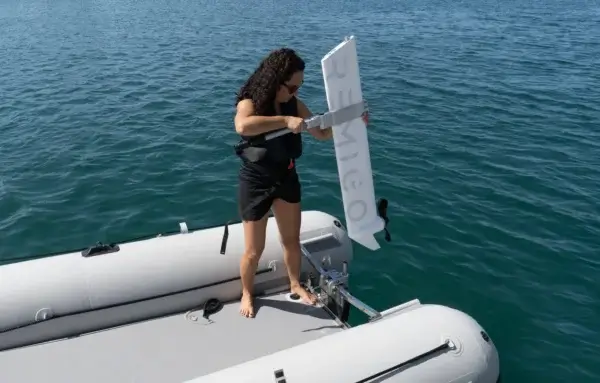Looking after your electric outboard battery isn’t complicated, but a few disciplined habits will add years of useful service. We occasionally hear from customers whose battery has died (will no longer hold a decent charge) prematurely—in as little as 4 years. In virtually all cases it was the result of not knowing how to properly care for a lithium-ion battery. Here is a collection of our best tips for making sure your battery lasts for many years (4-8 is expected, but with proper care some higher-quality batteries, like those in the RemigoOne should provide a usable life of more than a decade).
A Few Words on Different Lithium Battery Chemistries
Whether for an electric outboard motor or an e-bike or an EV, what we generally refer to as “lithium ion” batteries cover a couple different battery chemistries. The two most common technologies used in 2025 are:
- NMC/NCA: Nickel–manganese–cobalt / nickel–cobalt–aluminium. These battery cells have the highest energy density and are often packaged as a “Li-ion polymer” pouch (a packaging format, not a chemistry) and used where weight matters (ex. Spirit 1.0 Plus/Evo, eLite, RemigoOne). They are more sensitive to heat/cold than other chemistries, but when kept cool and not stored full or empty, typically last 800 to 1,000 cycles before capacity drops to 80% or original.
- LiFePO4: Lithium iron phosphate batteries are more stable and forgiving of temperature extremes, are extremely safe (lowest thermal-runaway propensity) and have a longer lifespan than NMC/NCA batteries (2,000-5,000 charge cycles to ~80%). They are not as energy dense, so these batteries tend to be quite heavy.
Regardless of the battery chemistry used in your battery, the following tips apply.
SoC: State of charge. The current charge level of your battery.
Daily use: Gentle on Temperature and Don’t Fully Discharge
- Avoid heat. Elevated temperatures accelerate ageing in all lithium batteries. Try to keep the pack below ~30°C when possible (shade the battery from the sun when possible and don’t leave it baking in a car trunk).
- Don’t run it empty: Avoid regularly depleting the battery less than 20%. If you regularly run your battery below 20%, it will decrease the lifespan of your battery. We recommend charging your battery when it reaches 20% whenever possible. It’s OK to occasionally deplete it to as low as 5% but try not to fully deplete it. You can always purchase a second Spirit Battery Plus or E60 battery for your ePropulsion Spirit 1.0 Plus or Spirit 1.0 Evo if you need more range.
- Keep connectors clean and dry. Rinse off salt, dry the ports, cap them, and apply contact spray every few months. Use a plastic-safe, no-residue cleaner like MG Chemicals 409B Electrosolve Contact Cleaner or WD-40 Specialist Electrical Contact Cleaner—not the regular WD-40) first, then (optionally) a light protectant like dielectric grease (apply a tiny amount to the plug’s pins or around the seal—not blobs inside the battery port. It’s non-conductive; more is not better).
Good Charging Habits Extend Battery Life
- Partial charges are fine—often better. Lithium batteries don’t need to be kept at 100% (and in fact shouldn’t be kept fully charged for long—a full charge puts stress on the cells). Top up to what you need for the trip and let the pack rest somewhere in the mid-range when practical.
- Use the proper charger. The Spirit Battery Plus, eLite and RemigoOne have specific BMS/charger profiles—only use the charger intended for the battery and never a 3rd-party charger, to ensure correct cut-off and cell balancing.
- Before big days, charge fully; after big days, don’t store empty. A full battery just before use is good; full for weeks is not. If you won’t use the boat for a while, drop the SoC (“state-of-charge”) to storage levels (see below).
- Mind charging temperatures. Charge within the recommended range (roughly 15°C–25°C) and do not charge at or below 0°C; cold-charge can cause lithium plating and permanent capacity loss. The battery should always be charged at between 5°C and 30°C. Never use your battery to power the motor when the temperature is below -10°C or above 60°C.
- Always recharge promptly after depleting. If you fully discharge on the water, recharge promptly. Prolonged sitting at very low SoC stresses the pack. ePropulsion explicitly advises charging immediately after full discharge.
Off-Season Storage
- Keep the battery semi-charged over the winter. Before storing your battery for the winter, charge it to over 60%. The battery will slowly discharge until it hits 60%. When the battery has not been used in a while and hits 60% charge, it will go into deep sleep mode. In deep sleep mode, the battery self discharges more slowly than normal. To wake it up in the Spring, simply plug the battery into the charger. It is recommended that you plug in the battery once every three months when not in use in order to check the state of charge. If it has fallen much below 60%, repeat the step above. If you store your battery for a long period of time with less than 60% charge, it may self discharge to 0%. If the battery deeply discharges to a true zero percent charge, it may not be able to be recovered and you will need to purchase a new battery.



